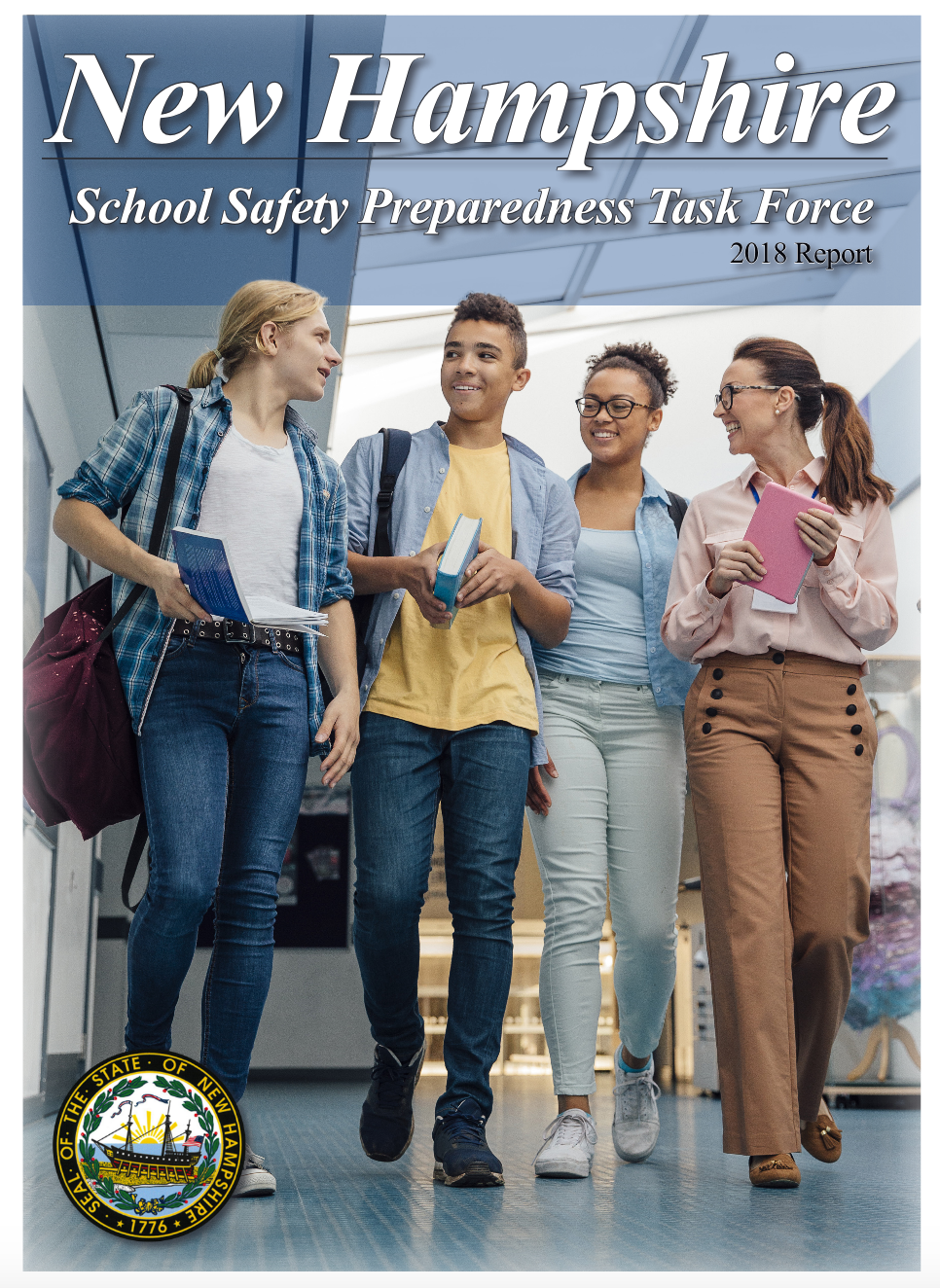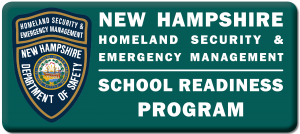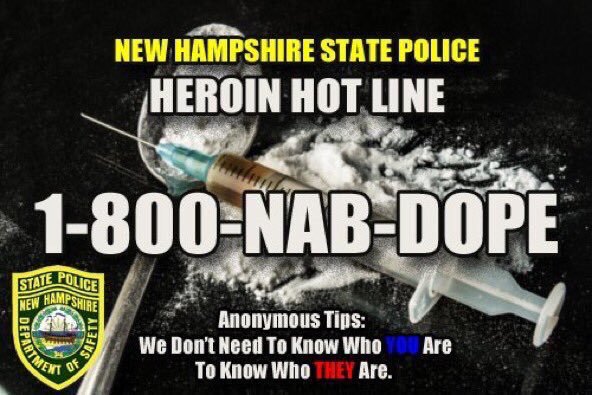Recommendation 17: Develop a predetermined response to active shooter incidents for first responders and dispatchers to reduce response times by increasing efficiency, coordination, and addressing anticipated problems.
Category: Task Force
The task force report was drafted by the School Safety Preparedness Task Force established by Governor Christopher T. Sununu in March of 2018. The Task Force was charged with the consultation of subject matter experts and members of the public to find areas of agreement regarding steps that move the State forward in improving the safety of New Hampshire’s students while maintaining and improving the core purpose of educational institutions. This section provides updates on the 59 recommendations from the 2018 Task Force Report.
Recommendation 18
Recommendation 18: Develop a building specific response plan for active shooter incidents for first responders to reduce response times by increasing efficiency, coordination, and addressing anticipated problems.
Recommendation 19
Recommendation 19: Current blueprints (i.e., floor plans) must be submitted to local law enforcement and the Department of Safety in hardcopy or a commonly used digital format. After the initial submission, updates will be provided in a timely manner when changes are made to a building.
Recommendation 20
Recommendation 20: Schools should consider installing a secure lock box in a safe location away from the building, such as near the driveway entrance that allows the school to store entrance keys, access cards, and critical documents (e.g., blueprints, floor plans, pre-fire plans, evacuation procedures, shut off valve locations, disclosures of hazardous materials, etc.).
Recommendation 21
Recommendation 21: Develop an inventory list for emergency go-kits that schools should create, keep in classrooms, examine and update quarterly such that each teacher will be prepared to evacuate. Lead Agency: Department of Safety, Division of Homeland Security & Emergency Services, Community Outreach Office.
Recommendation 22
Recommendation 22: Ensure that school safety and communications technologies have maintenance and upgrade plans and all technologies not used frequently are tested quarterly.
Recommendation 23
Recommendation 23: Develop a working group comprised of school leaders to share best practices in school safety and establish mentor relationships between schools.
Recommendation 24
Recommendation 24: All school staff and students, including part-time staff, full-time staff, contracted staff and services, coaches, bus drivers, and volunteers should receive training to recognize: 1) behavioral warning signs and pre-incident indicators, and 2) the appropriate steps to evaluate the behavior, provide services, and alert appropriate stakeholders. School staff should receive the training during …
Recommendation 25
Recommendation 25: All school staff and students, including part-time staff, full-time staff, contracted staff and coaches should receive crisis training that is age appropriate for the students and addresses the mental, emotional, and physiological responses they will experience during the onset of a crisis and how to respond to those experiences in a manner that …
Recommendation 26
Recommendation 26: All staff and students should receive training on a school’s emergency operations plan on a regular basis to ensure staff and students have a clear understanding of roles and responsibilities. Changes and adaptations to the plan should be made as gaps and weaknesses are identified.







